 |
| Royal poinciana flowers in Hue . Photo: Hoang Hai |
The phoenix is a very special case when it is chosen as a mascot - a sacred and divine firebird in many myths and legends of both East and West.
In the West, the phoenix appears in the mythology of Greece, Egypt and many other countries with the common belief that this is a bird that can live from 500 years to 1,400 years and is even immortal.
And when it was about to die, the phoenix built a nest out of cinnamon sticks and then set it on fire. Both the nest and the bird burned fiercely until only a handful of ashes remained, from which a new phoenix was born.
The phoenix rising from the ashes is an iconic image in Western culture. It is also said that the phoenix's tears can heal wounds.
In Eastern mythology, the phoenix is a symbol of grace, faith and beautiful things that sometimes only exist in dreams and are out of reach for ordinary people. Along with the “dragon” in the four sacred animals “dragon, unicorn, turtle, phoenix” are two unreal creatures that joined forces with the god Pan Gu to create the world .
According to the "Dictionary of Classical Anecdotes" published during the Qing Dynasty, the phoenix is real and not just a "legend", living on very high, remote mountains that are difficult for humans to see and it only perches on parasol trees.
 |
| The phoenix image is being kept at Aberdeen Bestiary - Aberdeen University Library, UK. Photo: Tuong Minh |
This is a type of "king of flowers" of China as mentioned in the Book of Songs: "The phoenix shines brightly / In this high mountain / The Chinese parasol tree grows / In this morning sun / The sound is loud and clear / The sound is loud and clear".
(The phoenix sings/On the high mountain/The parasol tree grows/In the morning sunlight/Luxury and green/Happy and harmonious).
This is also a gift of parasol trees, brought from Guangdong (China) to be planted in the Imperial City of Hue under the reign of King Minh Mang and later discovered to be abundant in the forests of Vietnam as recorded in the "Dai Nam Nhat Thong Chi" of the National History Institute of the Nguyen Dynasty: "Parasol trees: All mountainous provinces have them. During the reign of Minh Mang, they were brought from Guangdong and planted on both sides of the Can Chanh Palace. Soldiers were also sent to bring leaves to the mountains to search everywhere, and when they were found, they were planted on the corners of the palace."
The Orientals believe that the phoenix only perches on the parasol tree. That is why the ancients had the saying “plant a parasol tree, wait for the phoenix to come”. And the phoenix has flapped its wings since ancient times and flown throughout history, flying to the space of the Nguyen Dynasty, of Hue, not only marked on the parasol trees that still bloom in the Imperial City today but also had King Minh Mang imprinted on the Nine Dynastic Urns as a hidden meaning. That parasol - “the king of flowers” is a tree that grows abundantly in the natural forests of the Vietnamese people, not just in China!
Interestingly, the “Vietnamese character” of the parasol tree is also shown in the fact that the parasol tree in the Imperial City begins to shed its leaves in early spring and by late spring, the tree is bare and blooms. Meanwhile, the Chinese parasol tree sheds its leaves and blooms in autumn, corresponding to the saying “ngo dong nhat diep lac/thien ha cong tri thu” (A parasol leaf falls/the world knows autumn has come).
Nowadays, not only in the Imperial City, the parasol tree can also be seen quite a lot along the Central Truong Son range, from Dong Giang - Tay Giang ( Quang Nam ) to Dakrong (Quang Tri). These are also the areas where the Co Tu ethnic minority people live. And surprisingly, the phoenix bird is mentioned in a folk song "Blood hunting season" of the Co Tu people.
In this song, the phoenix is a reason to wait, to never die. Because it is a symbol of beautiful things that have been lost and are coming, as writer Vinh Quyen has reconstructed in his latest novel called “Thuong Ngan”: “In the morning I still want to see/ the sun rising in the east/ in the afternoon I still want to see/ the sun setting in the west/ at noon I still want to hear/ the children singing in the yard/ in the middle of the night I still want to hear/ my beloved wife laughing under the blanket/ in my dreams I still want to wait/ the phoenixes returning/ I cannot give you blood”…
“In my dreams, I still want to wait for the phoenixes to return” is not only the feeling of having to live at all costs of a Co Tu warrior when facing a life-and-death “blood hunting season”. It is also the excitement and common desire of Hue people these days when facing the opportunity and the dream of “the whole province becoming a city directly under the Central Government” is becoming a tangible reality. When the implementation process of Resolution 54-NQ/TW, dated December 10, 2019 of the Politburo on building and developing Thua Thien Hue province to 2030, with a vision to 2045; Resolution No. 12-NQ/TU on digital transformation of Thua Thien Hue province to 2025, with a vision to 2030 is taking steady steps.
Hue people have been “planting parasol trees, waiting for the phoenix to come” since the reign of King Minh Mang and today they are still being propagated to become an endemic tree species of the city. “Planting parasol trees, leading the phoenix to come” is a metaphor for waiting for dreams to come true. And now we can replace that saying with another metaphor with the same meaning, which is very popular: “cleaning the nest for the eagle”. “Cleaning the nest” is preparing for a “new house” and also preparing both material and spiritual facilities to welcome waves of investors…
Source


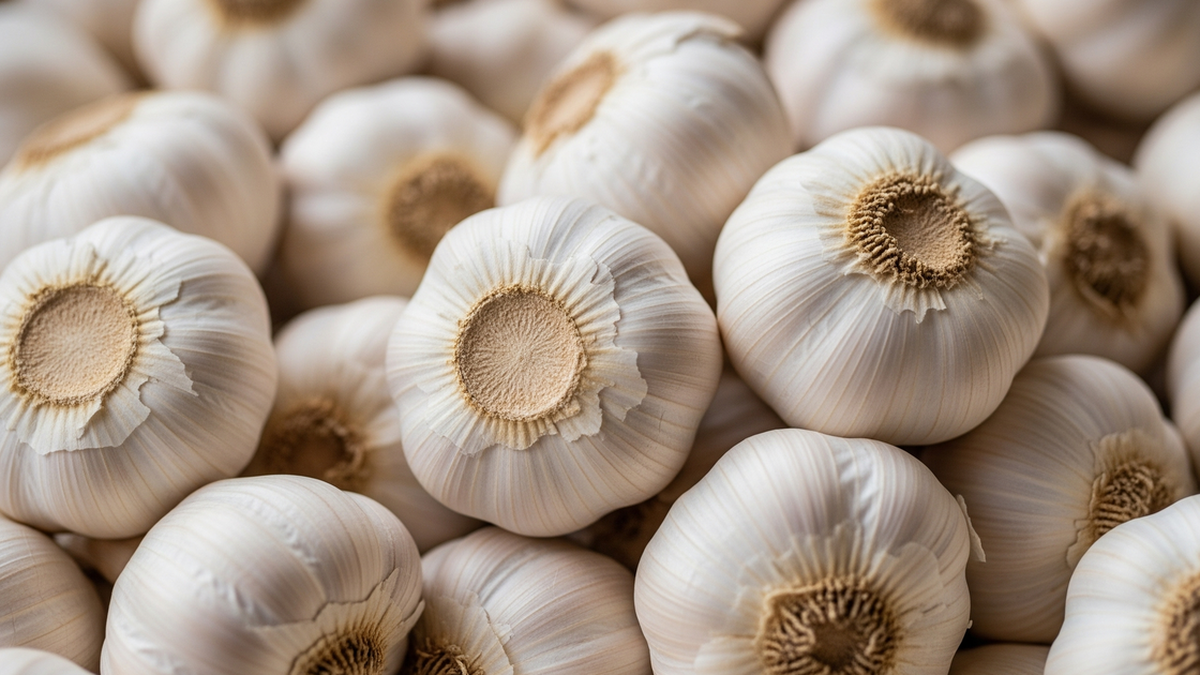

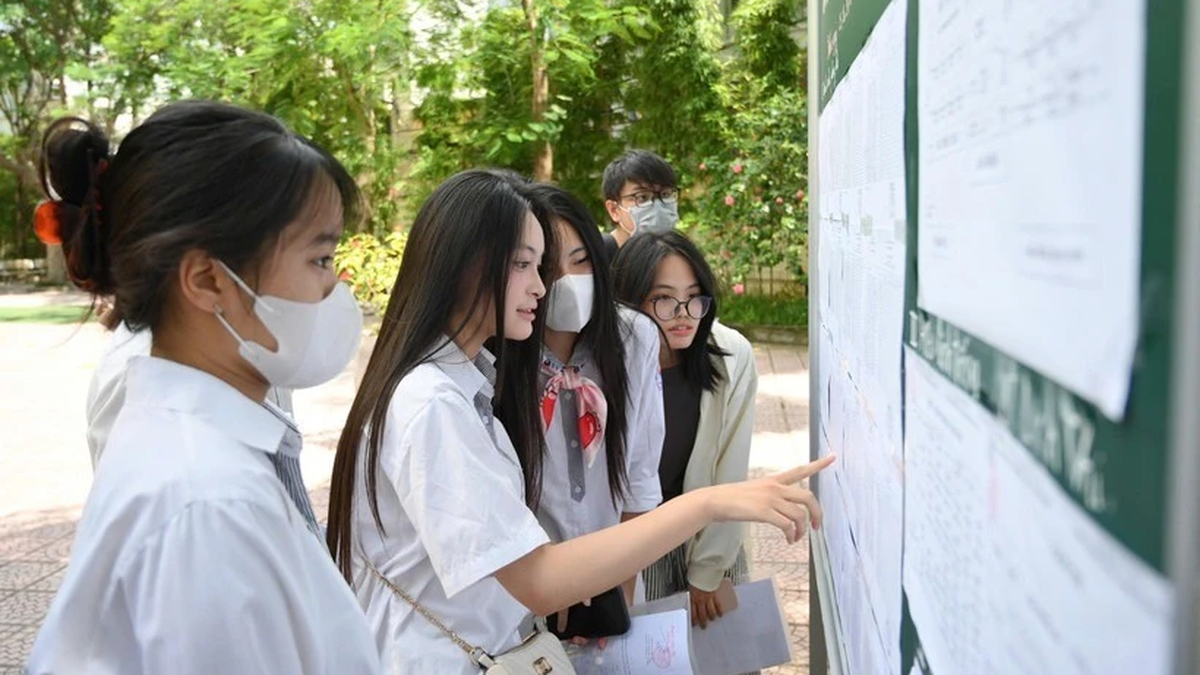


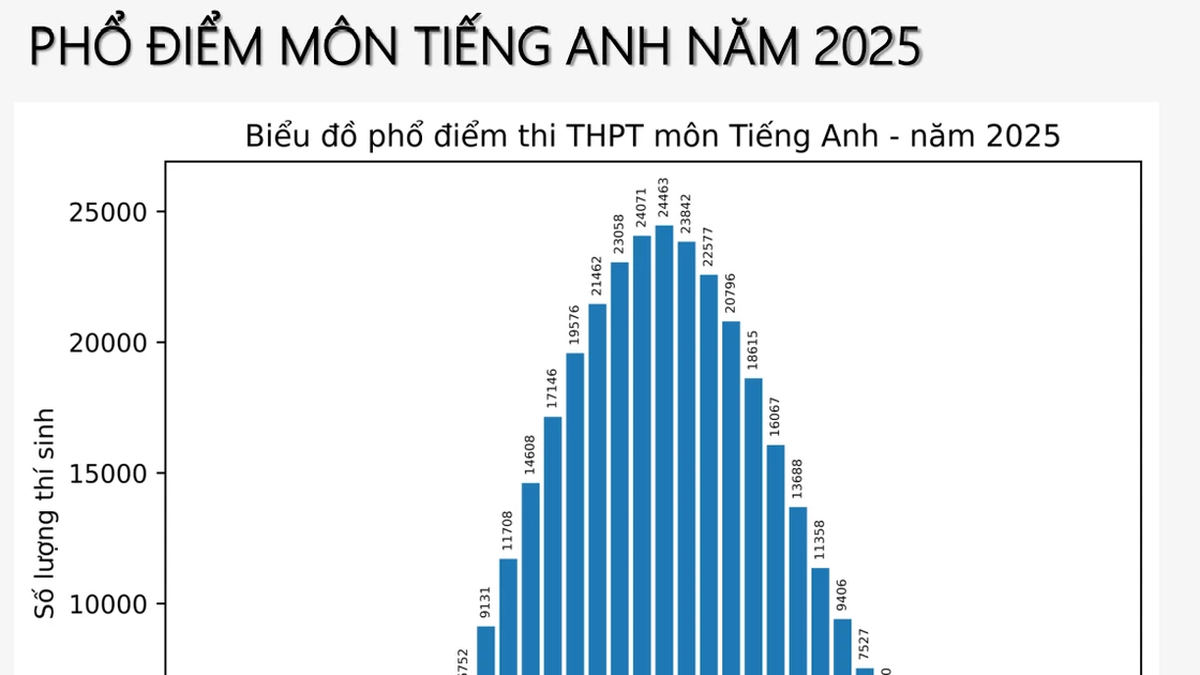














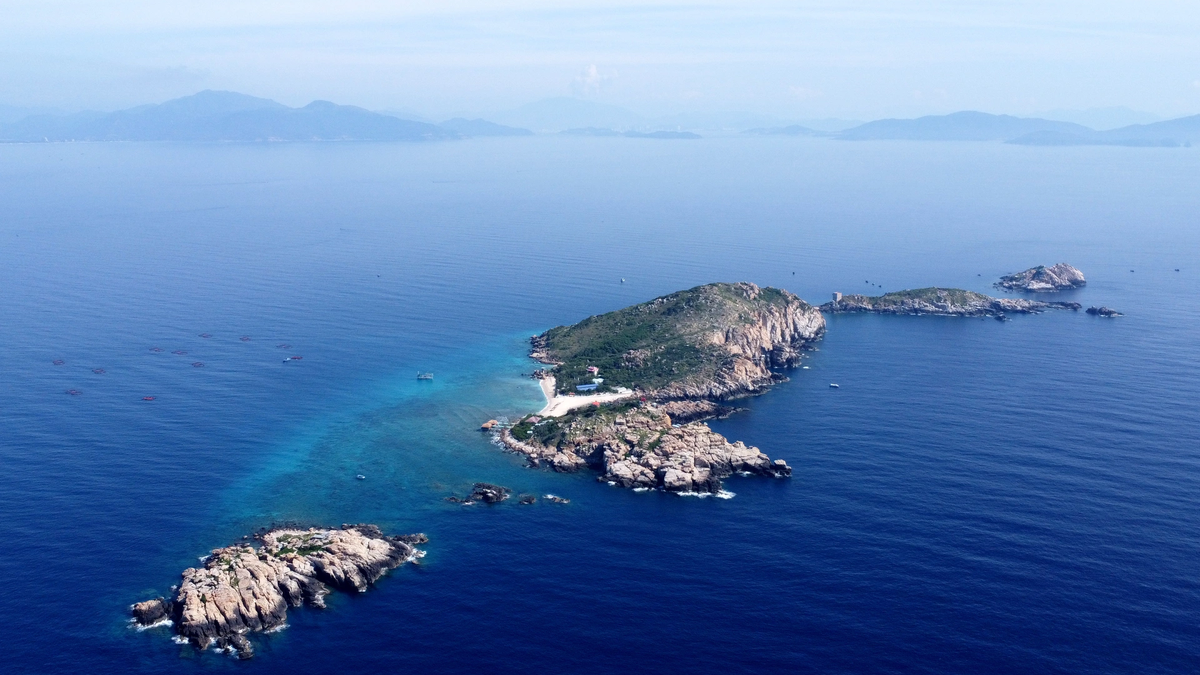




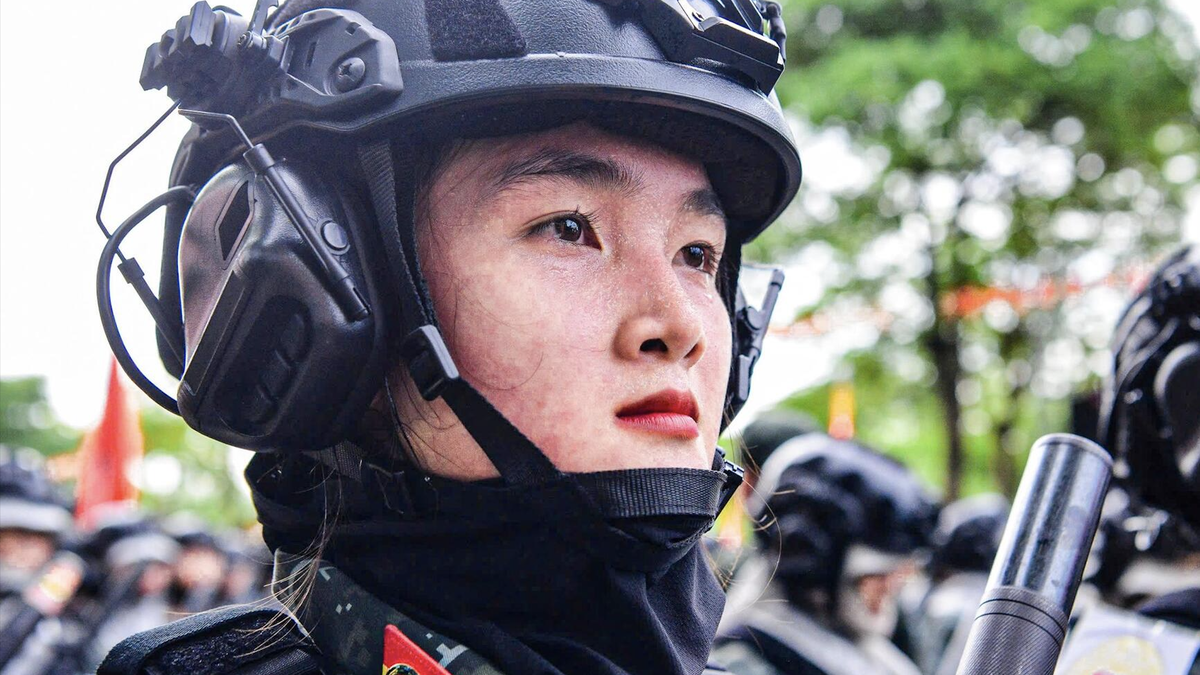
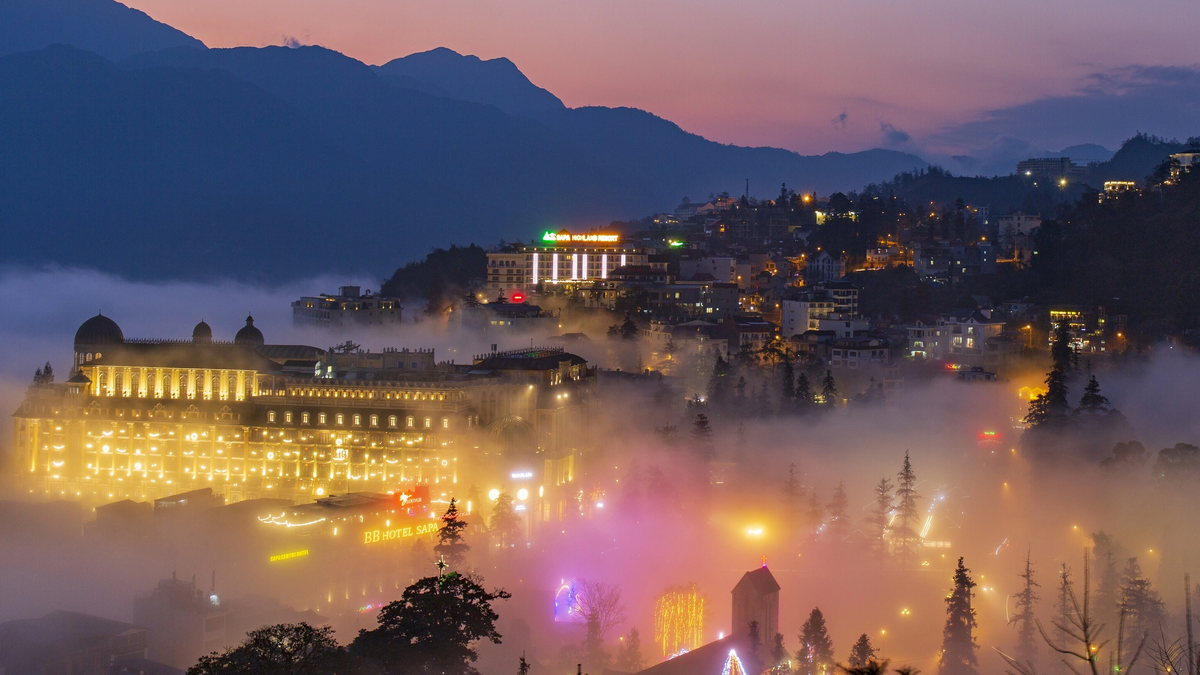
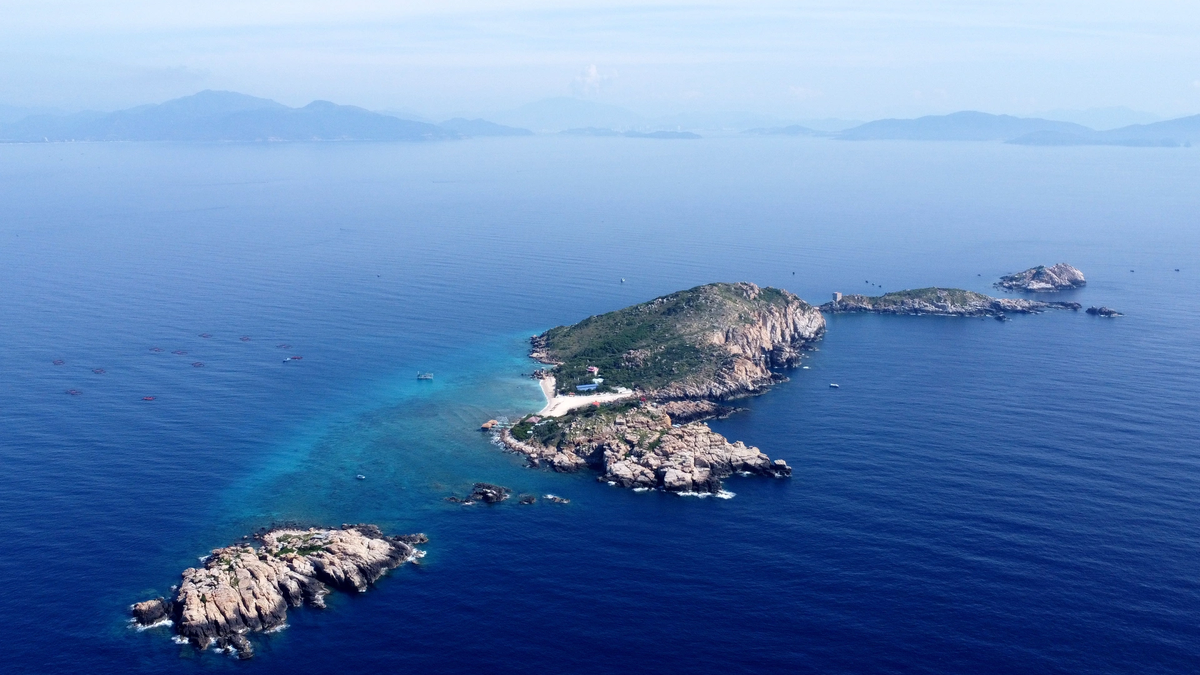
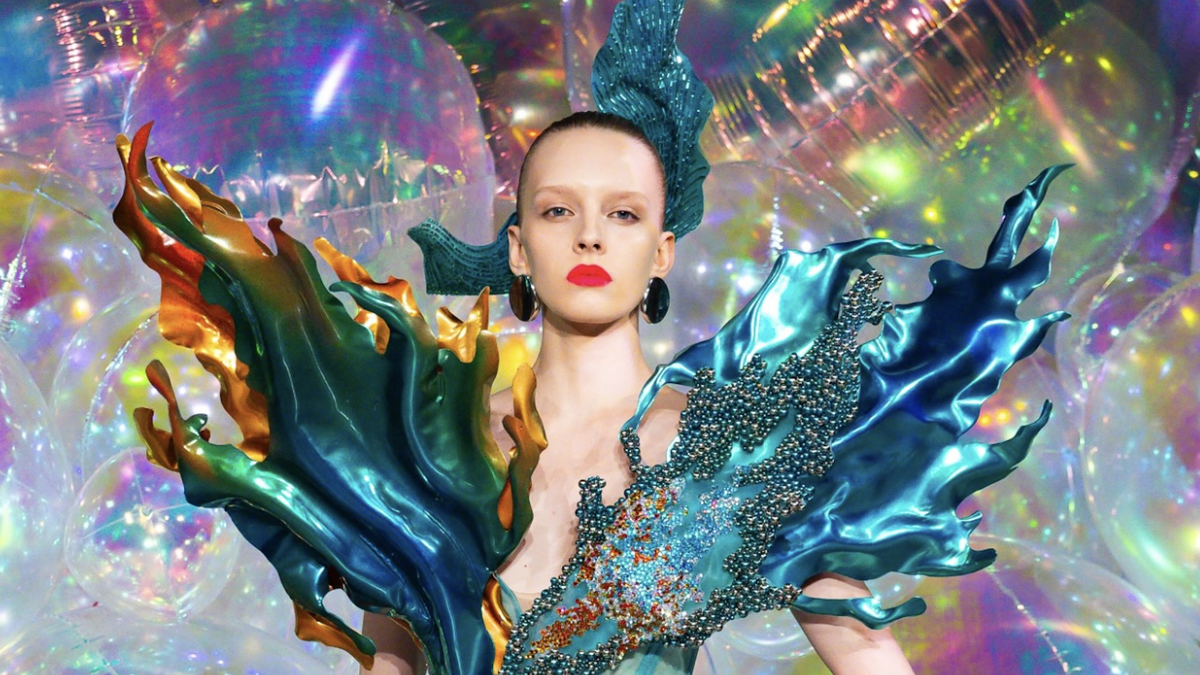
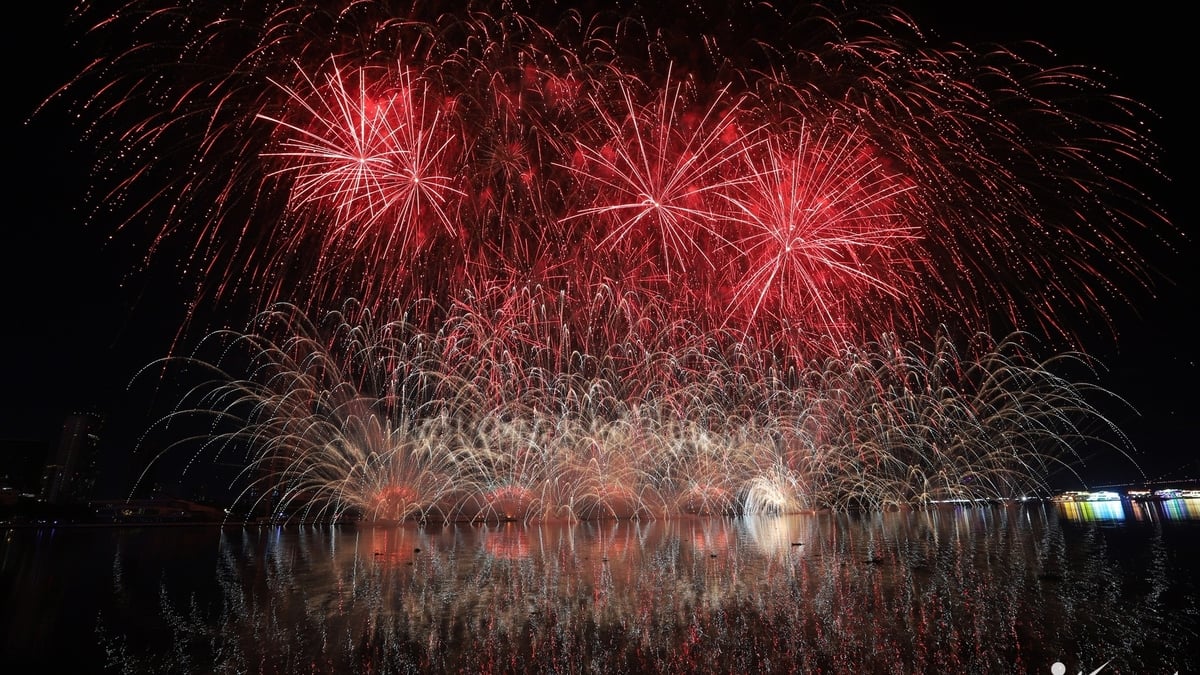
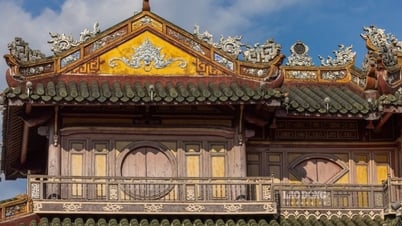

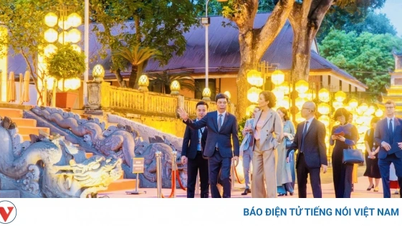



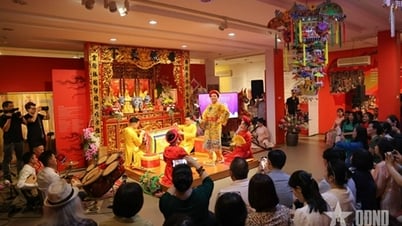

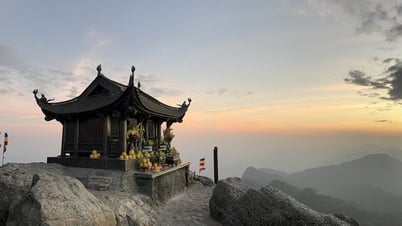






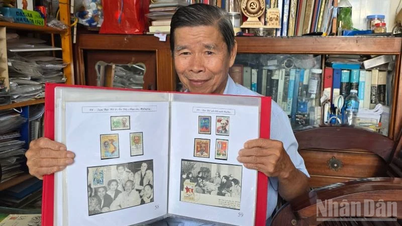
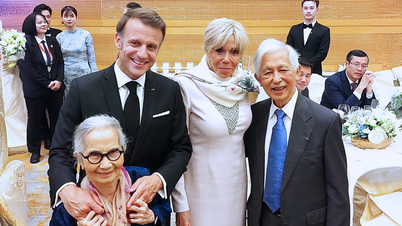
















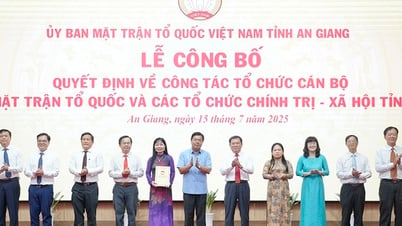


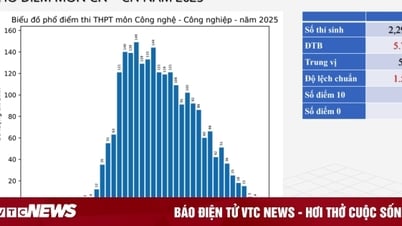





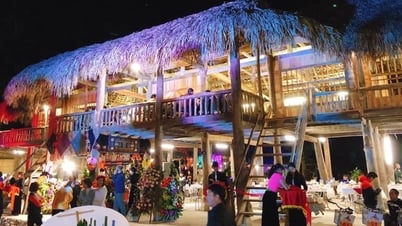

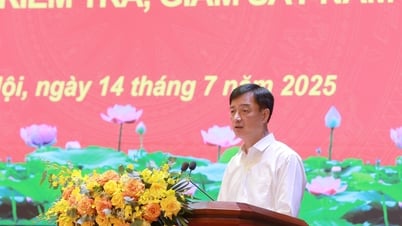











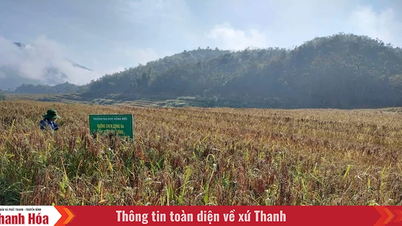



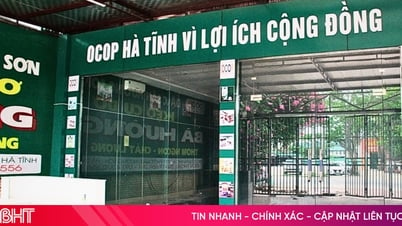

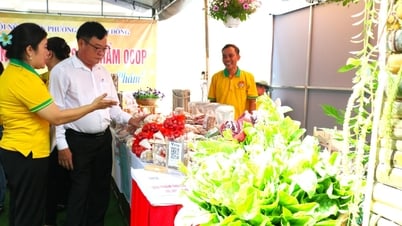




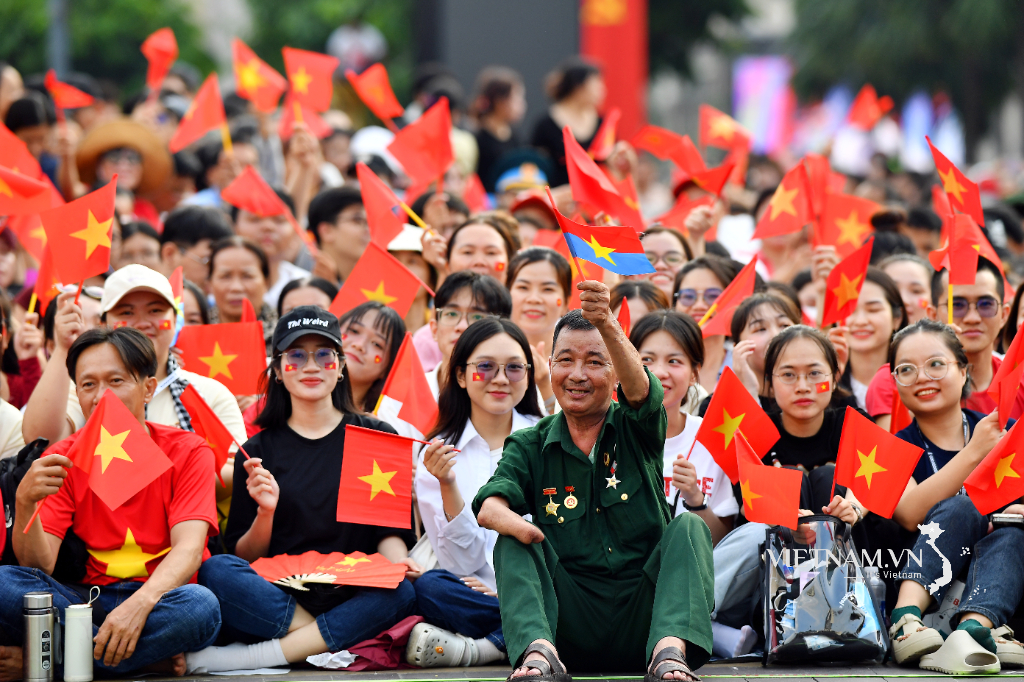

Comment (0)